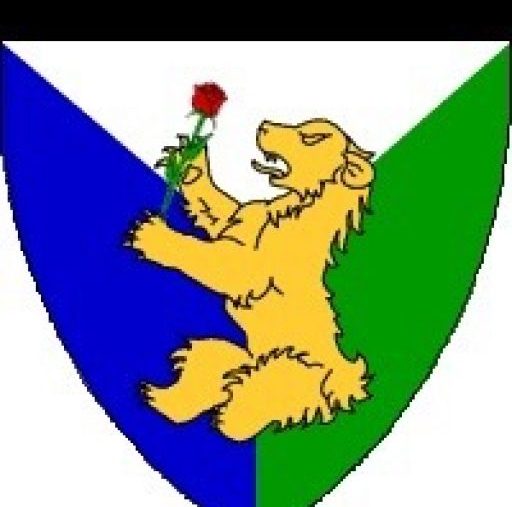In Japan, the earliest known example of cloth dyed with a shibori technique dates from the 8th century; it is among the goods donated by the Emperor Shōmu to the Tōdai-ji in Nara. The main fabrics were silk and hemp, and later cotton. The main dye was indigo and, to a lesser extent, madder and purple root.[1]
There are six styles/methodologies/ techniques for creating Shibori patterns. They are Miura, Nui, Kanoko, Kumo, Arashi, Itajime.
Miura: Looping and binding technique using needle and thread.
Nui: Running stitches in patterns then drawn tight.
Kanoko: Binding cloth with thread in sections to create patterns
Kumo: Uses objects as resists and uses the thread as needed to hold them in place.
Arashi: Cloth is wrapped around a pole possibly twisted, moved, modified then bound by thread.
Itajime: Cloth is folded into different shapes then bound in between two pieces of wood or modernly plastics to act as a resist.
As I complete more shibori projects I will post the images of the process and final product.
First Attempt: Kosode Half Circles uses Nui style
Second Attempt: Future Napkins & Bags I tried multiple methods and have noted them with the process images.
Third Attempt: Spike!
¹ Yoshiko Iwamoto Wada, Mary Kellogg Rice, and Jane Barton. Shibori: the inventive art of Japanese shaped resist dyeing. Tokyo: Kodansha International, 1983.

